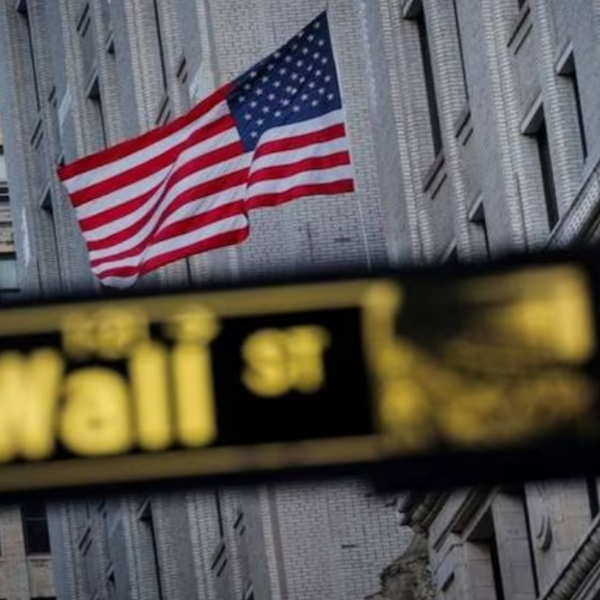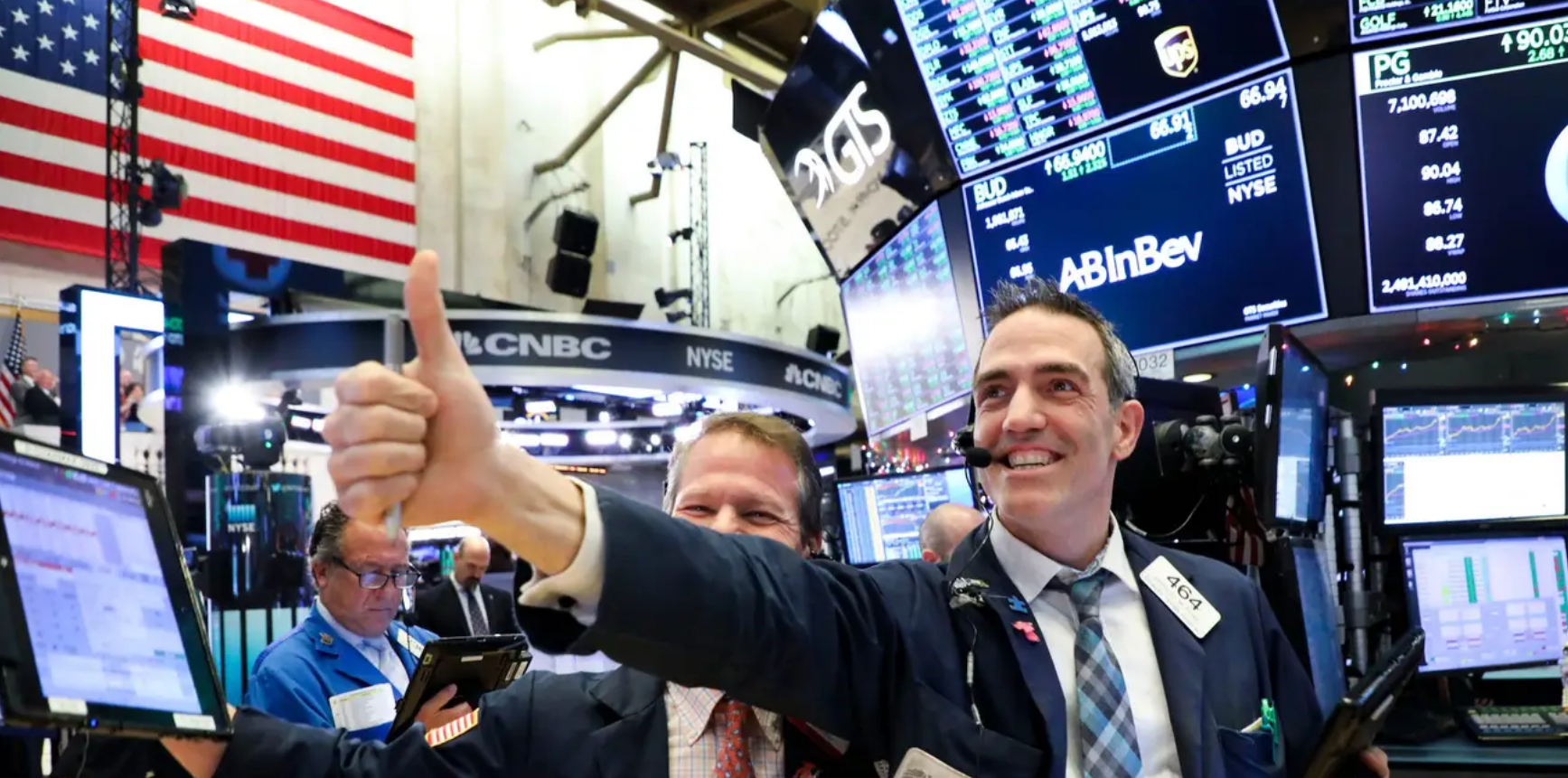From Wall Street to Europe, stocks rose on November 14 after data showed U.S. inflation flat in October. Investors bet that the Federal Reserve’s streak of rate hikes was over, and even looked ahead to when borrowing costs would start to fall.
“Good news” for the US economy
U.S. consumer inflation cooled more than expected in October, data released by the Labor Department showed on Wednesday, providing some welcome news for policymakers seeking to control price increases without damaging the economy.
The consumer price index (CPI) rose 3.2% in the 12 months through October, down from 3.7% a month earlier, the US Labor Department said in a statement, providing good news for consumers.
Monthly inflation was little changed in October from September, with energy prices posting a sharp monthly decline. Both the annual and monthly figures were below the median forecasts of economists surveyed by MarketWatch.
Excluding volatile food and energy prices, core inflation cooled to 4% last month, the smallest change in 12 months since the period ending in September 2021, according to the US Labor Department.
Core inflation is closely watched by analysts and traders because it paints a clearer picture of how some underlying factors in the economy are performing.

Ahead of the latest US inflation data, Chairman Jerome Powell said the Fed is still uncertain whether interest rates are high enough to tame rising prices. Photo: NY Times
“It’s a very good step in the right direction,” Craig Erlam, senior market analyst at OANDA, told AFP, believing the lower inflation numbers increase the likelihood of the Fed keeping interest rates on hold for a third consecutive time at its policy meeting in December.
The Fed recently kept its key lending rate at a 22-year high at its second straight meeting in November, leading some analysts and traders to predict that its monetary policy tightening is complete.
“You can say goodbye to the era of rate hikes,” said Brian Jacobsen, chief economist at Annex Wealth Management in Wisconsin, adding that investors will now shift their bets to when Fed policymakers, led by Chairman Jerome Powell, might start cutting rates.
But Mr. Powell and other policymakers said that, despite the latest U.S. inflation data, they remained uncertain whether interest rates were high enough to tame rising prices.
“The Goldilocks Moment”
Regardless, investors were still celebrating lower-than-expected consumer inflation data, with the Dow Jones Industrial Average posting its best day since November 2, while the Nasdaq Composite and S&P 500 posted their biggest gains since April.
According to the CME FedWatch Tool, 99.8% of market participants expect no further rate hikes this year and, surprisingly, more than 33% are betting that the first rate cut could come in March 2024 after the consumer price index was unchanged in October from the previous month.
Tech giants Microsoft and Nvidia have hit new all-time highs, with year-to-date gains now standing at 55% and 240%, respectively. These stocks have helped the Nasdaq index rise 12% since its October low.
The pan-European STOXX 600 also jumped after the “benign” US inflation report and was finally up 1.3% at the close on November 14.

Stocks are rallying on growing confidence that the Fed can now bring inflation down to its 2% target without sending the US economy into recession. Photo: Business Insider
In line with expectations that US interest rates may have peaked, Treasury yields fell on November 14.
The yield on the 2-year U.S. Treasury note, which reflects interest rate expectations, fell to a two-week low of 4.8318%, its biggest one-day drop since May 4. The yield on the benchmark 10-year note fell to 4.4320%, a low not seen in nearly eight weeks.
The lower yields pulled the dollar index down 1.47%. A softer dollar boosted the euro, which rose 1.7% to $1.08765.
The dollar’s weakness provided some relief to the Japanese yen, which has been stuck near a three-decade low against the greenback. The yen traded around 150.325, recovering slightly from 151.92 on Nov. 13.
Stocks are rallying on growing confidence that the Fed – the world’s most widely watched central bank – can now bring inflation down to its 2% target without sending the US economy into recession.
“The market has long been obsessed with the negative view of inflation accompanying a recession,” said Eric Kuby, chief investment officer at North Star Investment Management.
“But the reality is telling a different story. This is really like a Goldilocks moment for the entire market,” said Kuby. Goldilocks is a word used to describe a situation where everything is just right, everything is falling into place .
Minh Duc (According to Reuters, RTE, Motley Fool, Fox Business)
Source






























![[Photo] Signing of cooperation between ministries, branches and localities of Vietnam and Senegal](https://vphoto.vietnam.vn/thumb/1200x675/vietnam/resource/IMAGE/2025/7/24/6147c654b0ae4f2793188e982e272651)





































































Comment (0)